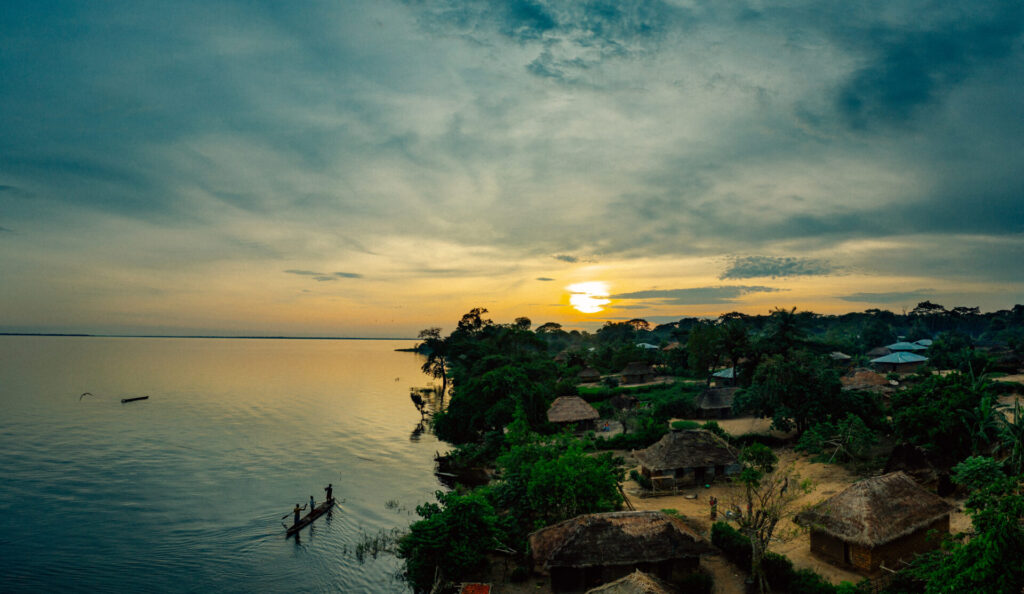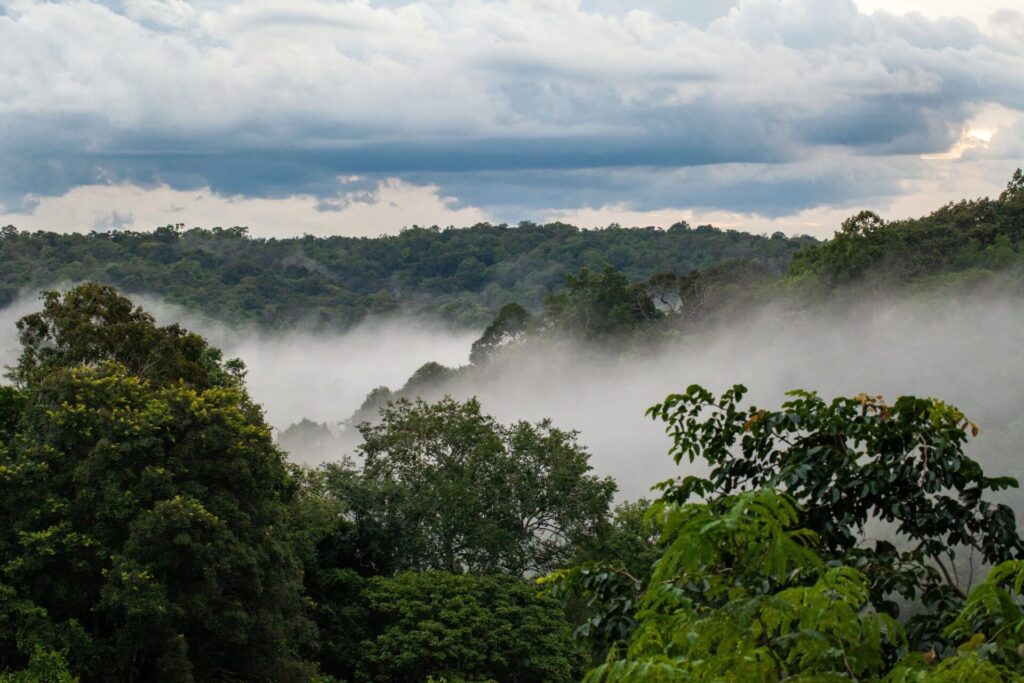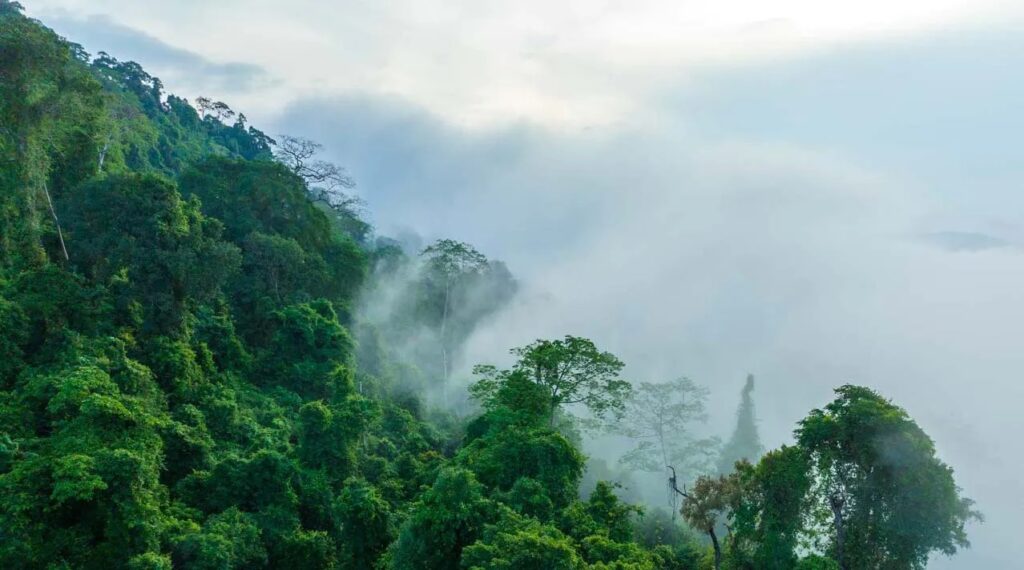A vital wildlife corridor between Tsavo East and West National Parks, the Kasigau Corridor REDD+ Project protects over 200,000 hectares of dryland forest, with over 11,000 wild elephants living in the ecosystem – 2,000+ of which can be found in the Kasigau Corridor.
In an area where wildlife and human survival were at odds, the Kasigau Corridor REDD+ Project has transformed the paradigm of conflict between humans and nature through a market-driven solution to wildlife conservation. The world’s pioneering REDD+ project addresses the threats of poaching, subsistence agriculture and illegal tree harvesting through a comprehensive, community-governed revenue sharing model that has directly touched the lives of 115,000 people living in the area through investments in health, education, water and other infrastructure, income-generating enterprise, and direct job creation.

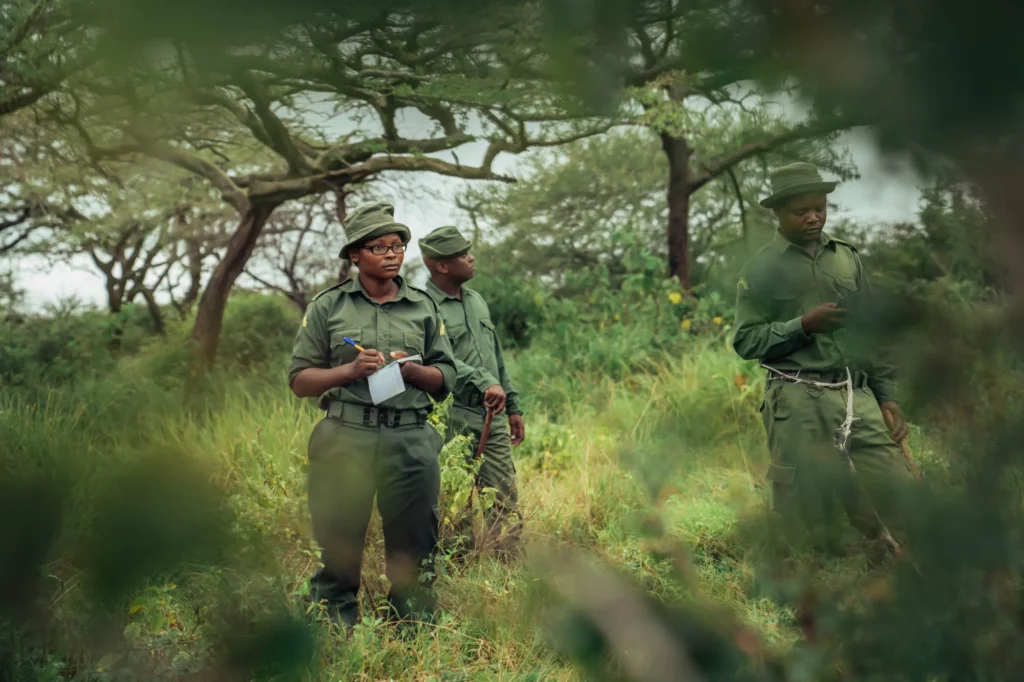
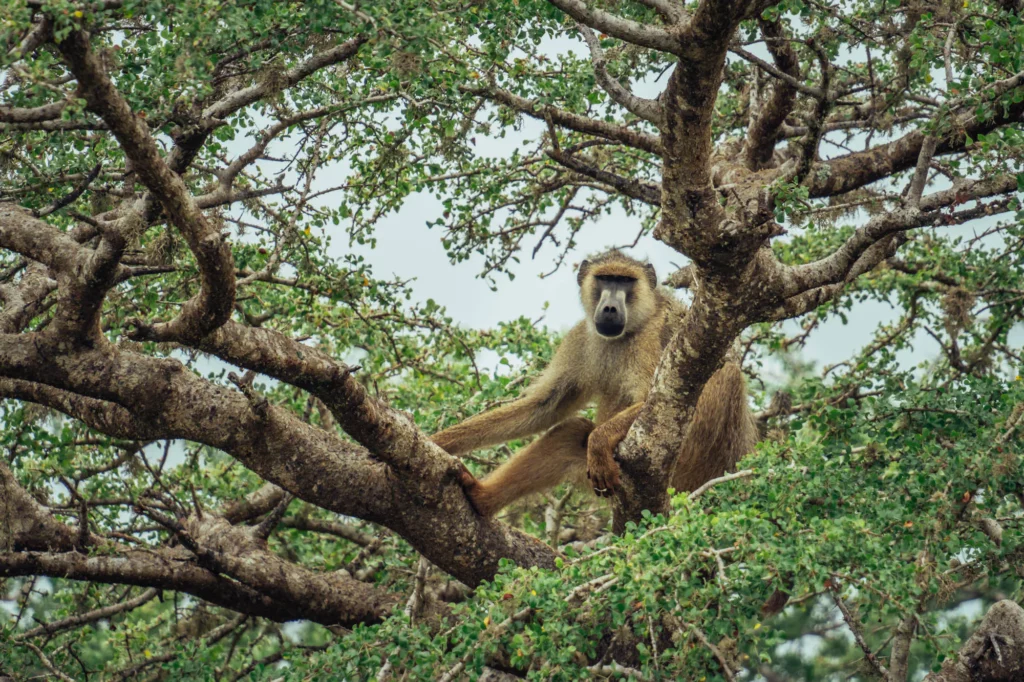
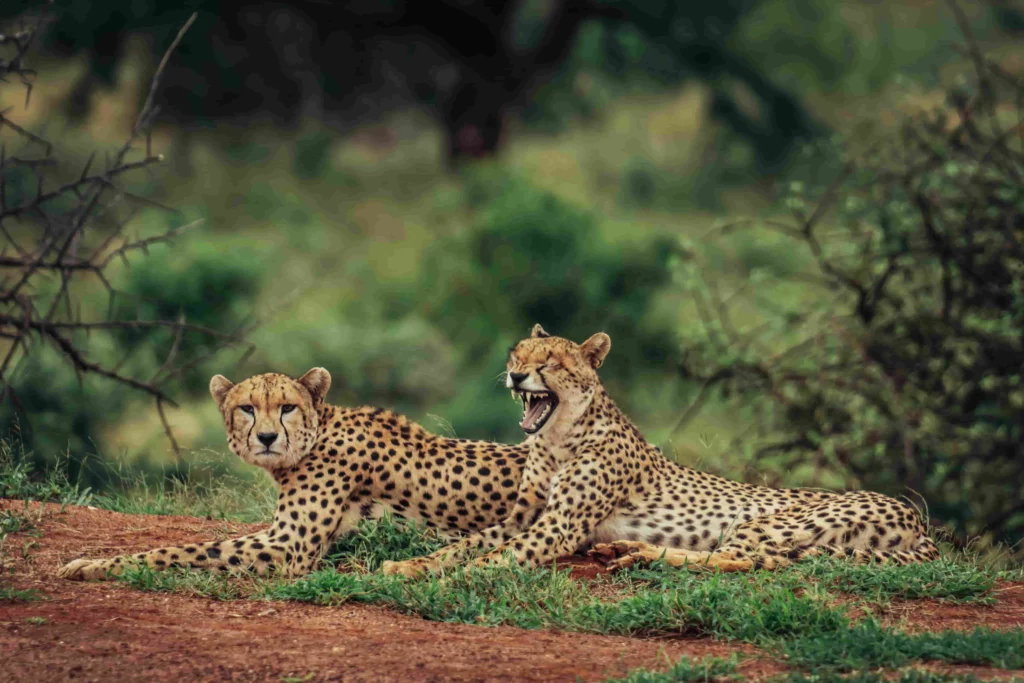
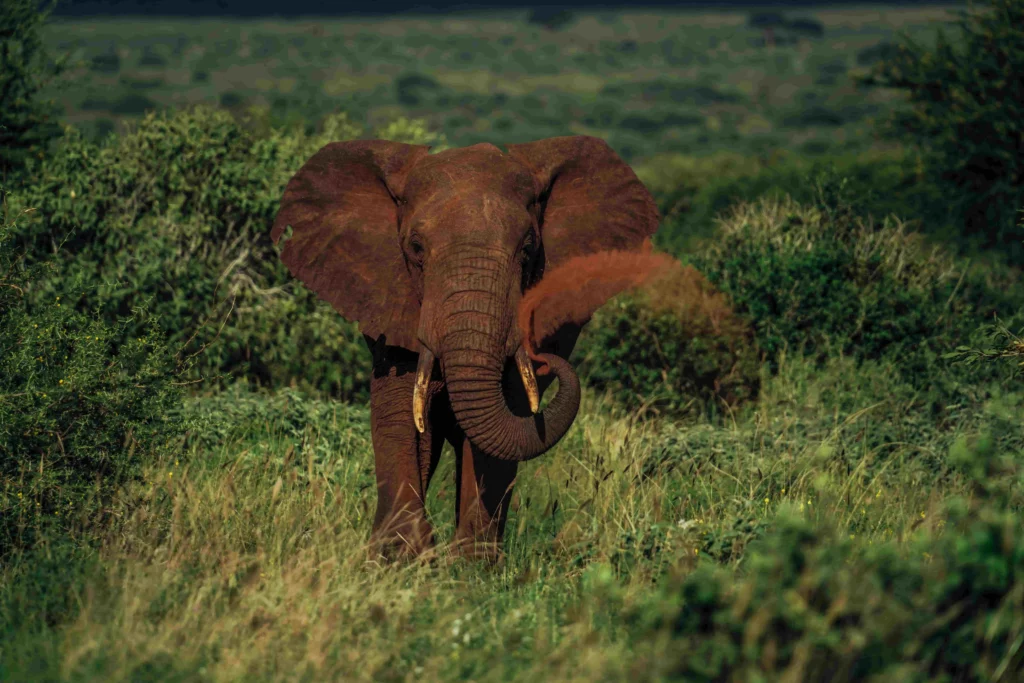
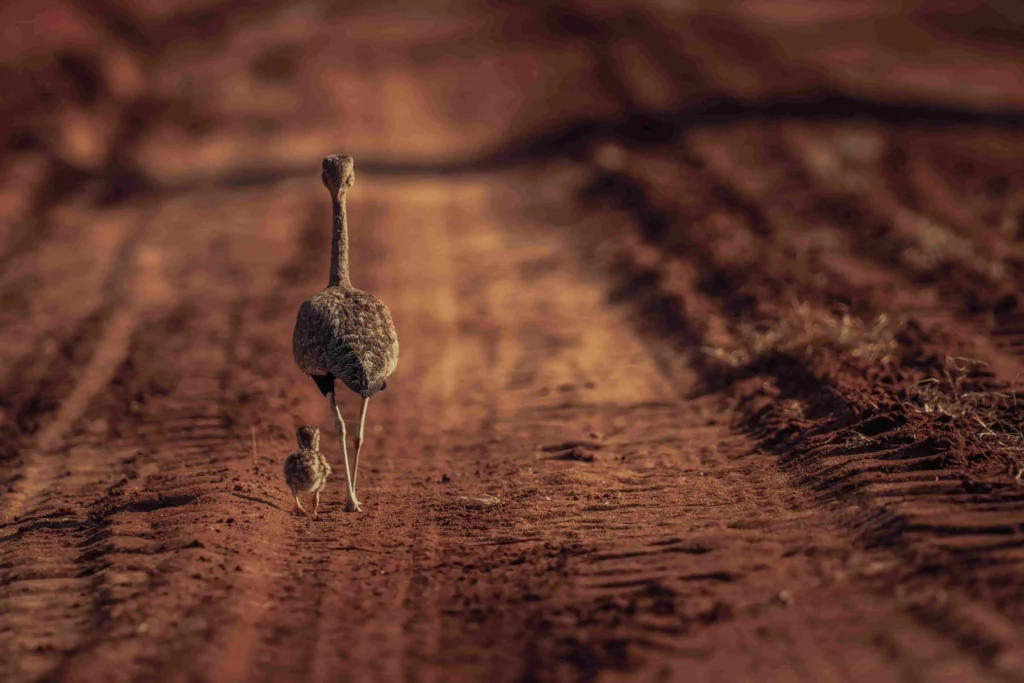
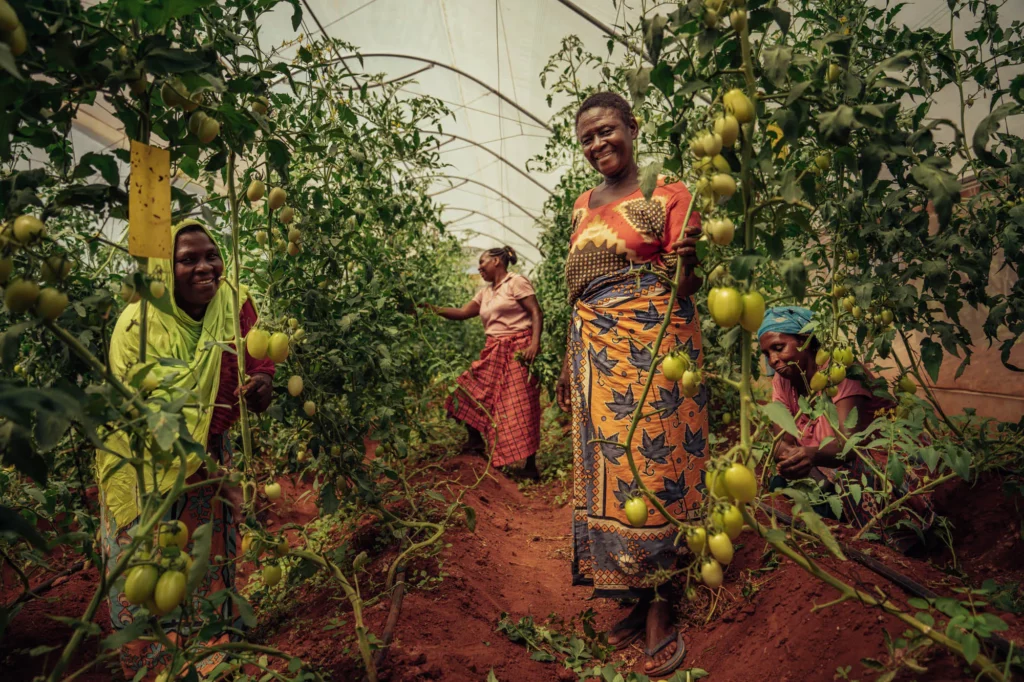
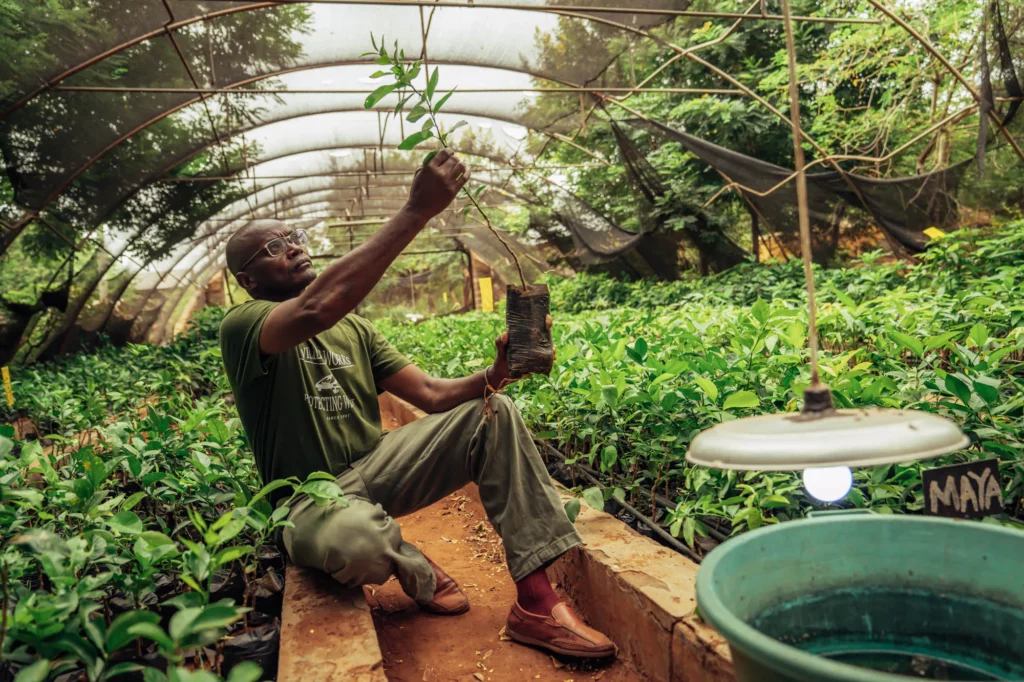
Community and wildlife were at odds when Wildlife Works first encountered Rukinga. For many years, the land between Tsavo East and Tsavo West National Parks served as both the main migration corridor for local wildlife and a home to a slowly failing cattle ranch. Rukinga had become a bruised, balding and barren land with fields grazed to dust, poachers easily accessing the ranch and trees vanishing along a critical rainwater basin.
In 1998 the local community supported the project’s plans to establish the Rukinga Wildlife Sanctuary, covering 80,000 acres of forest. In these early years, the project established a community works project so local residents had an alternative income stream in place of poaching and clear cutting; trained and hired local rangers to be wilderness guardians; and convinced the owners of the cattle to remove the cattle from the land to reduce conflict over resources. From this foundation, the project that would eventually become the Kasigau Corridor REDD+ Project was born.
This fragile landscape is threatened principally by the needs of the community to achieve a sustainable livelihood and thriving local economy. Poaching, clear-cutting for subsistence agriculture and production of charcoal, and unsustainable cattle grazing are all key drivers of deforestation, forest degradation, and threats to the important wildlife that use the area as a corridor between the National Parks of Tasvo East and Tsavo West.
The foundation of the project is job creation. Through carbon sales, Wildlife Works partners with the local community of the Kasigau Corridor region in Southeast Kenya to help create enterprises and long-term jobs that replace unsustainable sources of income such as poaching, subsistence agriculture and illegal tree harvesting. This includes jobs supporting education, making eco-friendly products, protecting wildlife, managing the project, helping farmers and growing trees. Through an innovative model of community governance, the communities of Kasigau also establish their own priorities for utilizing proceeds from the sale of verified emissions reductions, resulting in sustained community-driven investments in scholarships for children, schools and school infrastructure, water infrastructure, and other programs to improve the economy, health, and well-being of the community.
The area protected has now expanded to over 200,000 hectares, which will generate approximately 1.7 million tons of CO2 emissions per year over the next 30 years. The Kasigau Corridor REDD+ project, with the dryland Acacia-Commiphora forest under its protection and its original biodiversity restored, received Gold level status by the Community and Biodiversity Standard for exceptional biodiversity and climate benefits. The project ecosystem is home to an incredibly diverse population of wildlife including more than 20 species of bats, over 50 species of large mammals, over 300 species of birds, and many globally threatened IUCN Red List species, such as the African elephant (Loxodonta africana), African wild dog (Lycaon pictus), cheetah (Acinonyx jubatus), and the Grevy’s zebra (Equus grevyi).
With a long track record of steady, high-impact work, the project is beginning to see indicators of a transition towards a durable, long-term impact for the community, forest, and wildlife.
